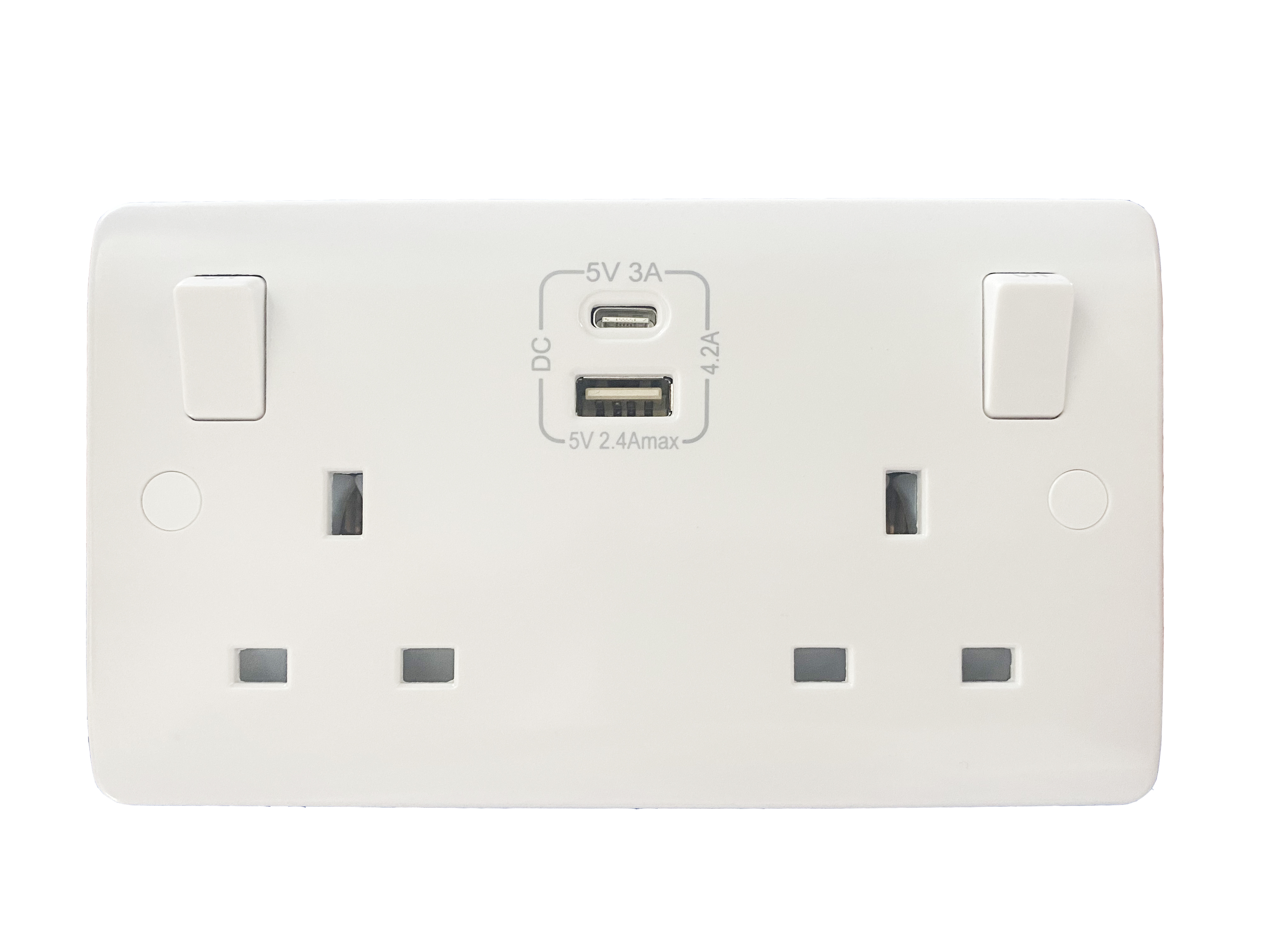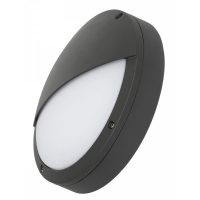Introduction:
Within the intricate web of local Birmingham and national housing regulations and standards
governing residential properties, Houses in Multiple Occupation (HMOs) stand out because the
safety and well-being of residents are paramount. Within these frameworks, emergency LED lighting
stands out as a lifeline during times of crisis, illuminating escape routes with appropriate lux levels
and guiding inhabitants to safety. This article delves deeper into the significance of emergency
lighting within HMOs in Birmingham and across the UK, elucidating the regulatory landscape,
practical requirements, and the profound impact on Landlords around compliance for safeguarding
lives.
Understanding HMOs:
Defined as dwellings housing two or more individuals or families from two separate households who
share basic amenities and common areas. HMOs present a unique set of challenges and
responsibilities for landlords and regulatory bodies alike, whether housing professional or social
housing tenants. Typically ranging from old and large converted houses, that are abundant in
Birmingham, to new build purpose-built accommodations, these properties foster a sense of
community but also necessitate stringent safety measures to mitigate risks associated with
communal living.
Legal Framework:
At the heart of fire safety regulations for HMOs lies the Housing Act 2004, a cornerstone of
legislation dictating the obligations of landlords to ensure the safety of their properties.
Underpinning this act is the Regulatory Reform (Fire Safety) Order 2005, applicable in England and
Wales, with analogous legislation in Scotland and Northern Ireland, mandating meticulous fire risk
assessments and the implementation of adequate safety measures, including LED emergency
lighting systems.
Requirements for Emergency Lighting:
Aligned with British Standard BS 5266-1:2016, emergency lighting in HMOs, both in Birmingham and
the wider UK, must adhere to stringent criteria to guarantee optimal performance during
emergencies. These criteria encompass:
Escape Route Illumination: Emergency lighting systems must cast sufficient illumination, also
known as LUX, along designated escape routes, encompassing corridors, stairwells, and
exits, to facilitate safe evacuation during power outages or other emergency scenarios such
as fire.
Illumination Duration: In compliance with regulatory mandates, emergency lighting systems
are required to remain operational for a prescribed duration, typically between one and
three hours depending on building type, affording residents ample time to evacuate safely,
and enabling emergency responders the opportunity to intervene safely and effectively.
Testing and Maintenance Protocols: The reliability of emergency lighting hinges on rigorous
testing and maintenance protocols, necessitating periodic inspections, functional
assessments, and battery checks to identify and rectify potential faults promptly.
Signage and Visibility Enhancements: Integral to emergency lighting systems are illuminated
exit signs and directional indicators, ensuring optimal visibility with correct lux (levels) and
therefore guiding occupants towards exits and evacuation routes, even in adverse conditions
characterised by low visibility. In our modern age, emergency lighting will nowadays typically
be LED, as opposed to the older fluorescent light fixtures.
Types of Emergency Lighting for HMOs in the UK:
Manual testing of emergency light fittings is by far the most common way of periodic
emergency light testing for HMOs, this protocol being suitable for smaller installations.
Self-testing systems – these modern, innovative, and popular LED fittings carry out their
very own sequential testing and save expensive labour hours, negating the need to
manually test emergency light fittings. Key-switches are not required when installing self-
test light fittings, providing greatly reduced install costs for the Birmingham HMO
landlord. Self-testing emergency lighting works automatically, carrying out their required
tests required to BS5266-1 at appropriate intervals. Three colours of LED indicator are used
to visibly show the operational status of a Self-test light fitting. Red will indicate to you an
emergency battery or charging fault, with yellow indicating an actual fault within the LED.
If the light fitting is illuminating Green, everything is working correctly. Self-Test if
therefore a very practical and cost saving way of testing lighting within a HMO because it
is a simple visual test and negates the need for a one, or three-hour manual test. With
HMO landlords often sinking under the reams of constantly updated legislation, installing
a self-test emergency lighting system could offer very favourable cost savings.
Importance of Compliance:
Compliance with emergency lighting regulations transcends legal obligations, constituting a moral
imperative grounding in the preservation of human life. In the immensely scary situation of a fire or
other life-threatening emergency, the reliability and functionality of an operationally effective
emergency lighting system emerges as a decisive factor, delineating the chasm between safe
evacuation and otherwise perilous outcomes.
Landlord Responsibilities:
Central to the ethos of safety of HMOs in all major towns and cities in the UK and Birmingham, is the
fiduciary duty of landlords to prioritise the welfare of their tenants, underpinned by a litany of
responsibilities:
Conducting Methodical Risk Assessments: Landlords are tasked with conducting
comprehensive risk assessments to discern fire hazards and evaluate the efficacy of existing
emergency lighting systems.
Installation and Maintenance: The onus rests on landlords to install and maintain emergency
lighting systems in strict accordance with regulatory prescriptions and industry standards,
ensuring optimal functionality and reliability.
Record-Keeping and Accountability: Landlords are enjoined to maintain meticulous records
documenting the outcomes of inspections, tests, and maintenance activities, thereby
fostering transparency and accountability in their stewardship of HMOs. For record keeping
of emergency lighting testing by Landlords, there are professional documents available to
document tests.
Conclusion:
Emergency lighting stands as a beacon of hope amidst the darkness of adversity, embodying the
unwavering commitment to safeguarding lives in HMOs across Birmingham. By adhering to
regulatory mandates set by Birmingham City Council and other National Bodies, landlords can fortify
the resilience of their properties, augmenting the safety and well-being of residents. Through
rigorous testing, maintenance, and unwavering compliance within industry standards, emergency
lighting systems metamorphose from mere fixtures to valuable lifelines, charting a course towards a
safer and more secure lifestyle for all inhabitants of HMOs throughout Birmingham and the UK. If
you require quality Emergency Lighting for your Birmingham HMO, please contact CWS Birmingham
on 0121 439 8010, who will be please to assist you.


